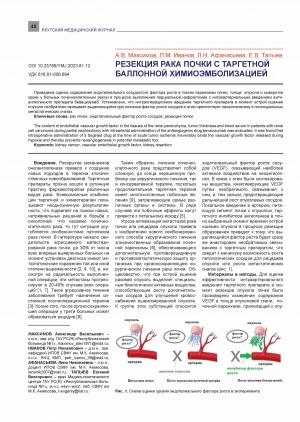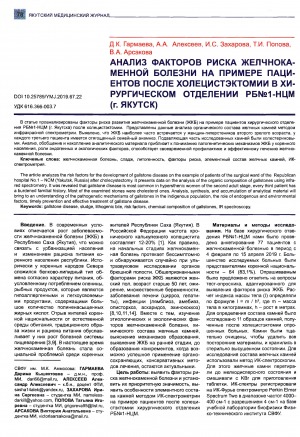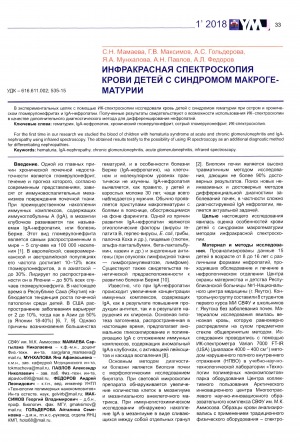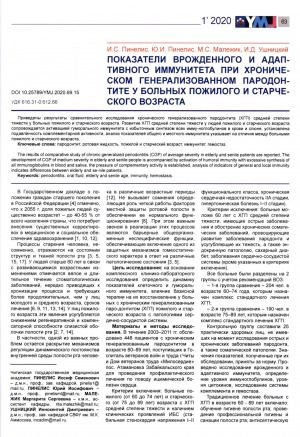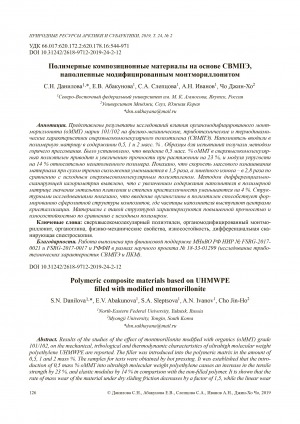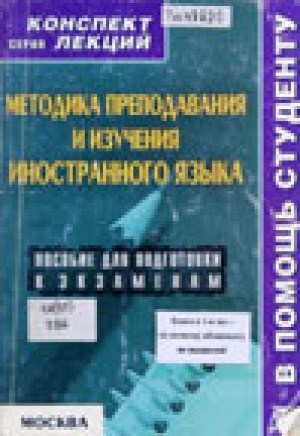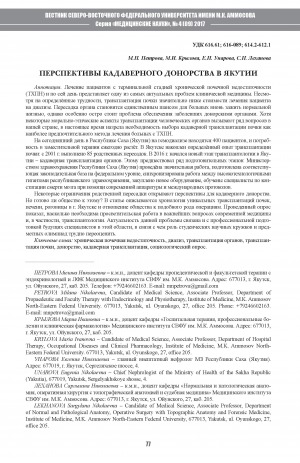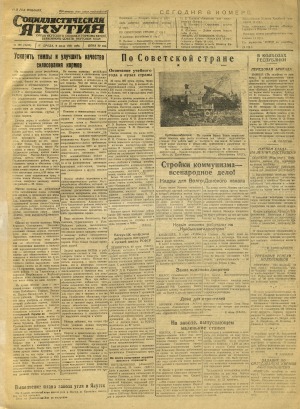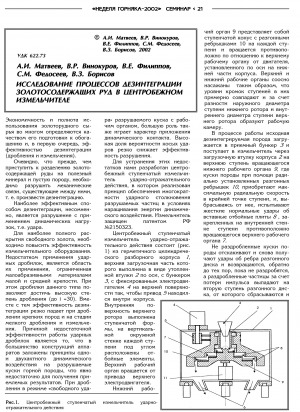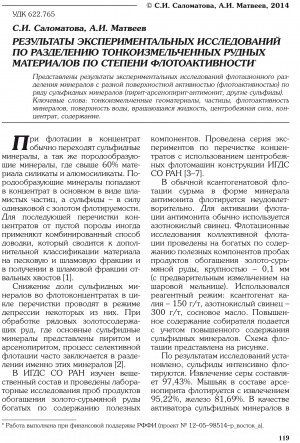
Исследование образцов опухоли почки методом ИК-спектроскопии: проверка гипотезы "взрывного роста" опухоли = Study of kidney tumour samples using IR-spectroscopy: testing the tumour ‘explosive growth’ hypothesis
Статья в журнале
Русский
616.61-006:616-071
10.25587/2222-5404-2024-21-3-59-74
опухоль почки; гематомная жидкость; "взрывной рост" опухоли; Һвозрастһ опухоли; ИК-спектроскопия; средний ИК-диапазон; интенсивность пиков пропускания; метод Краскела–Уоллеса; метод Манна–Уитни; метод Спирмена; kidney tumour; haematoma fluid; tumour ‘explosive growth’; tumour ‘age’; IR spectroscopy; mid-IR range; transmission peak intensity; Kraskell-Wallace method ; Mann-Whitney method; Spearman method
Approximately 210-250 thousand new cases of renal cell cancer (RCC) are registered annually in the world, which is 2-3% in the structure of malignant neoplasms in adults. In Russia, among tumours of the urogenital system, RCC ranks 2nd after malignant neoplasms of the prostate gland and 1-3rd in terms of the growth rate of morbidity. According to numerous studies, the growth rate of kidney tumour is on average 2.5 mm per year. However, it has been observed that when patients undergo surgical resection of a renal tumour, they are often found to have masses that are significantly larger than those predicted. The reasons and mechanisms for this dramatic increase in the size of renal masses remain unclear at this time. In this regard, the ‘explosive’ growth of renal tumours has been suggested. In this paper, haematoma fluid (HF) samples from different sites of renal tumour, obtained directly from the tumour during surgery to remove the mass, are analysed by infrared spectroscopy to study the changes occurring in blood clots from the time of haematoma formation in order to assess the ‘age’ of the tumour. It is assumed that in the case of ‘explosive growth’ of the tumour there is simultaneous formation of tumour hematomas located in different parts of the tumour. The IR spectra of HL samples from tumours of different patients, as well as HL from different tumour sites of the same patient were compared in terms of the height of intensity of transmittance peaks at selected wave numbers corresponding to fluctuations of proteins such as fibrinogen and haemoglobin, as well as lipids. The study of the peaks responsible for fluctuations in the deoxygenated state of haemoglobin, methemoglobin and other proteins, lipids and structural changes in these compounds revealed statistically significant differences in the peak area of fibrinogen fluctuations in the spectra of samples from different patients and controls. In addition, correlation analysis between tumour size and the intensity of the peak responsible for fibrinogen νPO oscillations indirectly confirmed the hypothesis of ‘explosive growth’ of renal tumour. Thus, the results obtained in this work confirm that the IR spectroscopy method can be used in tumour ‘age’ studies, and the causes and mechanisms of the abrupt increase in the size of renal masses can be explained by the hypothesis of tumour ‘explosive growth’.
Исследование образцов опухоли почки методом ИК-спектроскопии: проверка гипотезы "взрывного роста" опухоли / С. В. Николашкин, И. И. Колтовской, С. В. Титов, О. В. Тыщук ; Северо-Восточный федеральный университет им. М. К. Аммосова, Республиканская больница N 1 - Национальный центр медицины им. М. Е. Николаева, Московский государственный университет им. М. В. Ломоносова // Вестник Северо-Восточного федерального университета им. М. К. Аммосова. - 2024. - Т. 21, N 3 (97). - С. 59-74. - DOI: 10.25587/2222-5404-2024-21-3-59-74
DOI: 10.25587/2222-5404-2024-21-3-59-74
Войдите в систему, чтобы открыть документ
